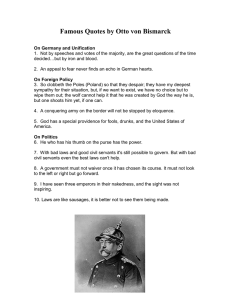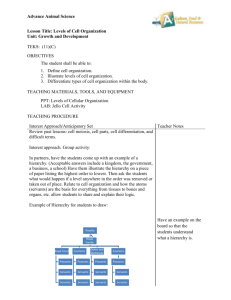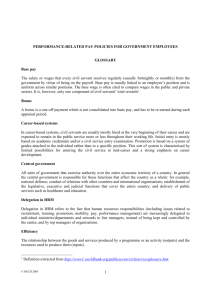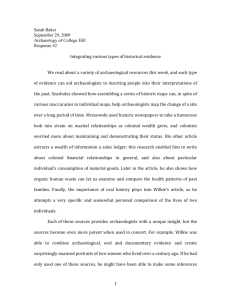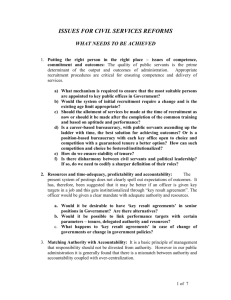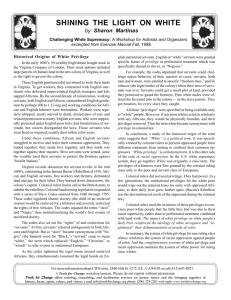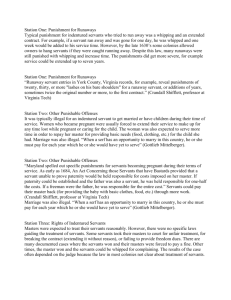Sir Thomas Holte at Home
advertisement
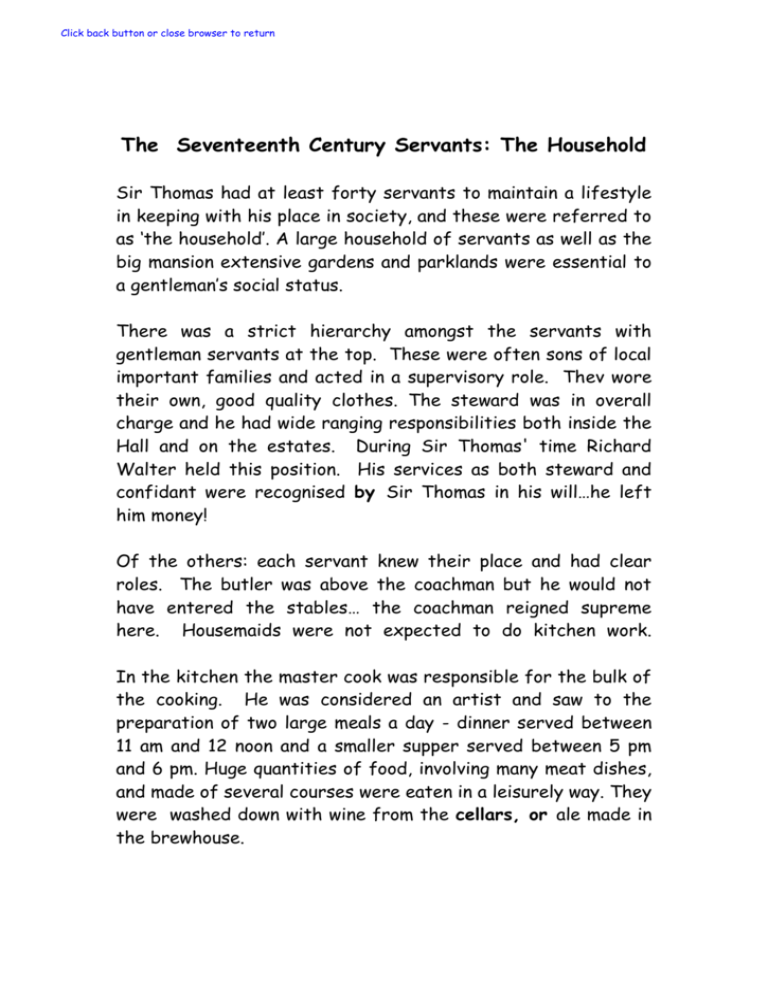
Click back button or close browser to return The Seventeenth Century Servants: The Household Sir Thomas had at least forty servants to maintain a lifestyle in keeping with his place in society, and these were referred to as ‘the household’. A large household of servants as well as the big mansion extensive gardens and parklands were essential to a gentleman’s social status. There was a strict hierarchy amongst the servants with gentleman servants at the top. These were often sons of local important families and acted in a supervisory role. Thev wore their own, good quality clothes. The steward was in overall charge and he had wide ranging responsibilities both inside the Hall and on the estates. During Sir Thomas' time Richard Walter held this position. His services as both steward and confidant were recognised by Sir Thomas in his will…he left him money! Of the others: each servant knew their place and had clear roles. The butler was above the coachman but he would not have entered the stables… the coachman reigned supreme here. Housemaids were not expected to do kitchen work. In the kitchen the master cook was responsible for the bulk of the cooking. He was considered an artist and saw to the preparation of two large meals a day - dinner served between 11 am and 12 noon and a smaller supper served between 5 pm and 6 pm. Huge quantities of food, involving many meat dishes, and made of several courses were eaten in a leisurely way. They were washed down with wine from the cellars, or ale made in the brewhouse. The servants ate well, similar food to their master and his family. They ate at trestle tables in the hall. The remains of their meal was given to the poor waiting at the gate. It was usual for the family to eat in small private rooms called parlours when they were not entertaining. No longer did master and servants eat together in the Great Hall. Grand houses were largely self sufficient with their own brewhouse(for brewing beer), wash-house (laundry), milkhouse (dairy for making butter and cheese), and woolhouse (for spinning wool into yarn). All these work places had specialist servants and there was much to be done without our modern equipment It was usual, at least by the mid seventeenth century, for servants to be paid a wage; previously many had worked solely for their keep.
